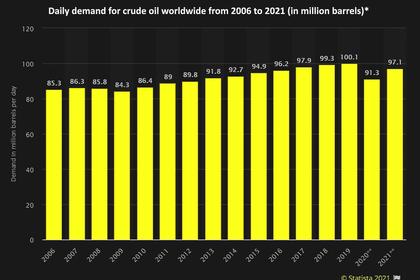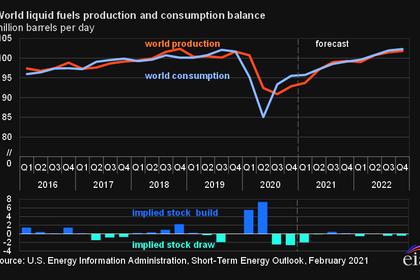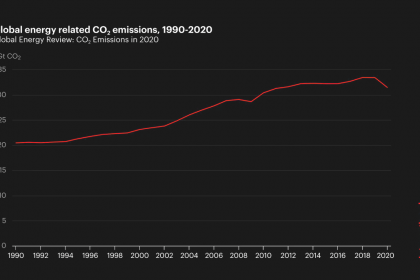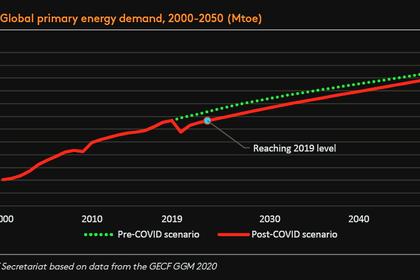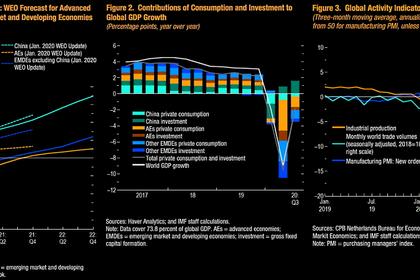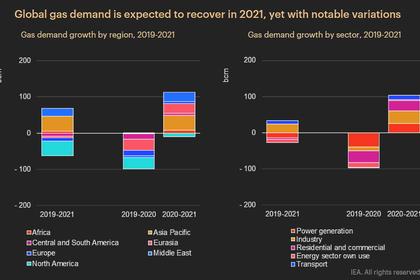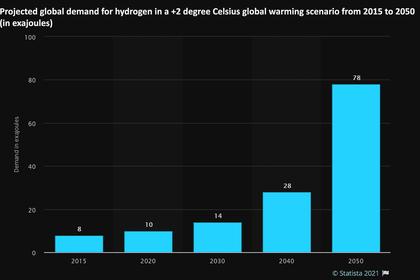
GLOBAL ENERGY SYSTEM TRANSFORMATION
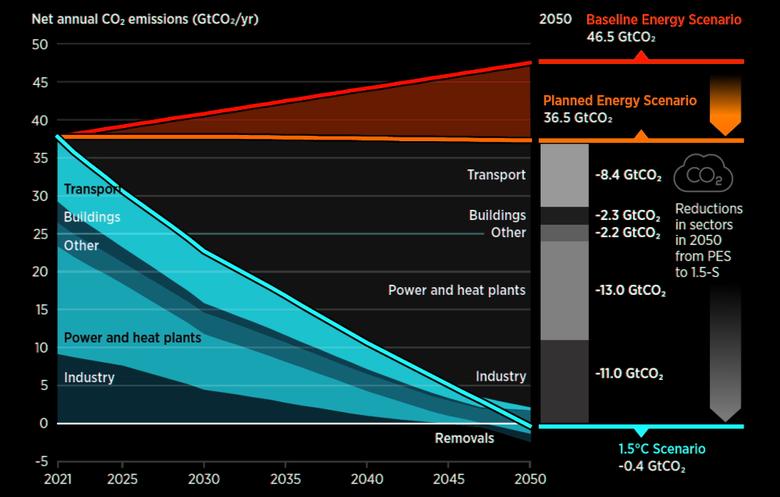
IRENA - 16.03.2021 - WORLD ENERGY TRANSITIONS OUTLOOK
MESSAGE FROM THE DIRECTOR-GENERAL
The window of opportunity to achieve the 1.5°C Paris Agreement goal is closing fast. The recent trends show that the gap between where we are and where we should be is not decreasing but widening. We are heading in the wrong direction. The Intergovernmental Panel on Climate Change’s (IPCC’s) Special Report on Global Warming of 1.5°C released in 2018 clearly indicates that a 45% reduction in global greenhouse gas emissions from 2010 levels is required by 2030.1 However, emissions have continued to increase, except in 2020, when the COVID-19 pandemic caused a dramatic economic slowdown. Indications are that a rebound is very likely to happen, at least in the short term.
What is at stake is the ability to avoid further irreversible warming with profound economic and humanitarian consequences. The most important variable to measure our efforts is time. The coming nine years will clarify whether we can achieve the speed and scale of deployment necessary for a 45% emission reduction. The highest levels of ambition and effort are required to change course. It will not be easy, but we have no choice. While the path is daunting, several favourable elements can make it achievable.
1. The energy transition is already taking place, and it is unstoppable. Great strides have been made in the past decade, with governments and markets – including the financial market – clearly opting for renewable-based energy systems. Over 170 countries have renewables targets, and many have included them in their Nationally Determined Contributions. New capacity addition patterns show that renewables routinely outpace fossil fuels and nuclear combined. A clear vision of a new energy system is emerging, based on renewable technologies and complemented by green hydrogen and modern bioenergy. This new system is technically viable and ready for accelerated and widespread adoption.
2. Remarkable advances in renewable technologies, enabled by foresighted policies, have placed them well within economic reach in many countries. The abundance of renewable potentials worldwide makes them a scalable option. IRENA’s analysis shows that solutions for immediate deployment exist to substantially reduce emissions, without the need to wait for new or unproven technologies. For many countries, this translates a technical and economic challenge into a set of investment, regulatory and societal actions. A 1.5°C pathway is not only about what we can do but also what we must not do. It means that all coal plants in the pipeline should be abandoned for more economically and environmentally suitable solutions.
3. The COVID-19 crisis response offers an unexpected opening to change direction with careful recalibrating of stimulus packages and recovery measures. The COVID-19 crisis highlighted the cost of tying economies to the fate of fuels prone to price shocks. The energy system, along with the rest of the economy, has been shaken to the core. Amid this, renewables have shown remarkable resilience. Renewable power was a preferred option early on for several reasons, notably its abundance and low operating costs. The crisis was also a test case for renewables-based electricity, debunking myths around the reliability of systems with high shares of solar and wind.
The energy transition can no longer be limited to mitigation efforts or incremental steps. It has to become a transformational effort, a system overhaul, based on the rapid upscaling of available technologies while innovating for the future. The emerging energy system must promote a more inclusive and equitable world, with resilience against economic and environmental shocks. Governments and investors now have the opportunity, and the responsibility, to bring about lasting change.
Francesco La Camera Director-General, IRENA
-----
Earlier:
